As their name suggests, painkillers are drugs taken in order to relieve pain.
They can come in several different subcategories, but some of the most popular examples are paracetamol, ibuprofen, and aspirin.
Painkillers work by interfering with the pathways which send pain signals to the brain [1].
Many painkillers supplement this by boosting serotonin production in the brain, a neurotransmitter which produces pleasurable feelings.
While many of us use these drugs very occasionally for headaches, some require them on a more regular basis for illnesses and chronic pain.
They also often require stronger painkillers than paracetamol, and it is these prescription drugs which pose a higher abuse risk.

Consistent consumption of these substances can lead individuals to develop a dependence on them, even when it comes to prescription painkillers.
When it comes to the opioid branch of painkiller – including drugs like tramadol, morphine, and oxycodone – long-term use can often lead to addiction [2].
Painkiller addiction affects both the brain and body, and their mutual reliance on the drug is what leads to both psychological and physical dependency.
At Rehab 4 Addiction, we offer free advice from a team of non-judgemental professionals, many of whom are in recovery and understand how hard can be to change your relationship with addiction.
For more information about painkiller rehab, simply reach out to our 24/7, confidential hotline on 0800 140 4690.

In the brain, it is the painkiller’s production of serotonin that plays the largest role in addiction.
When the serotonin spike first occurs, the brain registers that it has been caused by the consumption of the painkiller and remembers this cause-and-effect relationship.
Simultaneously, with more consistent use, the brain starts to get used to the higher serotonin levels it is experiencing.
It starts to adjust itself to the neurotransmitter’s presence, considering such high levels to be the new normal.
After this process has taken place, the brain reacts negatively to being sober.
Without such high serotonin, it struggles to compensate with its own production, referring to the cause-and-effect relationship and demanding the use of painkillers to re-establish balance.
Through a more humanistic lens, an individual can experience intense anxiety and depression when a painkiller suddenly becomes unavailable.
They face emotional lows and a storm of worries, which they think can only be resolved by taking more of the painkiller.
This form of addiction is referred to as a psychological dependence.
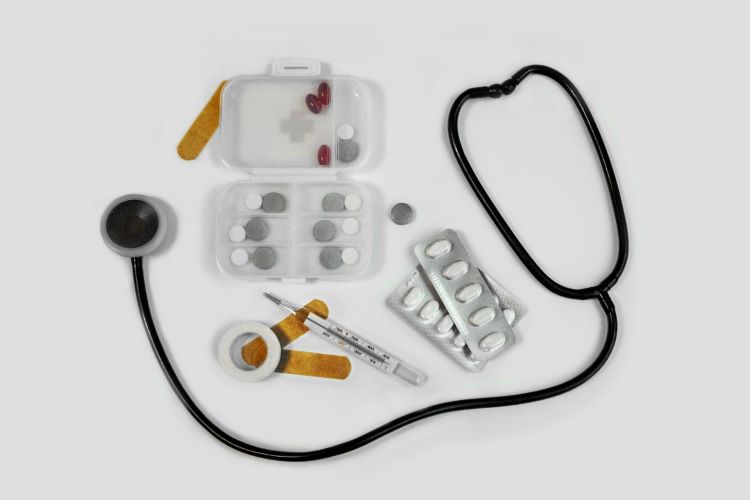
In the body, a similar process of getting used to the drug occurs. As the drug is taken more and more, an individual starts to develop a tolerance for it.
Their body gets used to its pleasurable effects, leading to higher doses being needed to produce them.
With increasing higher doses of the painkiller being regularly put into the body, its chemical and hormonal systems will gradually become more and more used to the drug’s presence.
The painkiller will become essentially another cog in the body’s normal functioning.
If the painkiller is taken away, therefore, the body will not be able to cope.
It will fall into imbalance, demanding the dose of painkiller it is used to in order to resume its everyday state.
This usually triggers withdrawal symptoms which individuals naturally want to treat.
With painkillers then being ingested again, individuals reinforce what is known as a physical dependence.

Painkiller addiction is something that affects a lot of people in the UK.
In fact, the UK consumes the most prescription opioids for severe pain relief in the world (per capita) [3].
5.4% of UK adults aged 16-59 have misused painkillers not prescribed to them.
Among young people (aged 16-24), 7.2% had misused a painkiller in the last 12 months [4].
At Rehab 4 Addiction, we offer free advice from a team of non-judgemental professionals, many of whom are in recovery and understand how hard can be to change your relationship with addiction.
For more information about painkiller rehab, simply reach out to our 24/7, confidential hotline on 0800 140 4690.
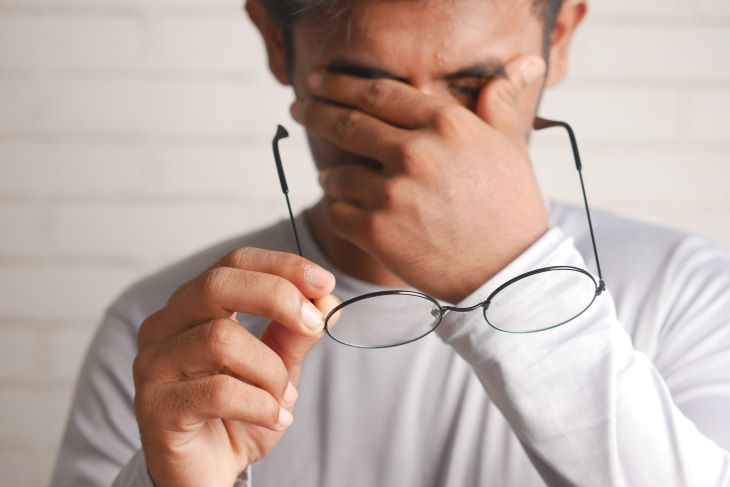
Everyone who falls victim to painkiller addiction is at risk of experiencing a wide range of physical, psychological, and wider side effects. These include:

There are several risk factors which put certain individuals at greater risk of developing an addiction to painkillers.
Everyone has a different abuse potential, and understanding this variation can be important for protecting those who could slip more easily.
At Rehab 4 Addiction, we offer free advice from a team of non-judgemental professionals, many of whom are in recovery and understand how hard can be to change your relationship with addiction.
For more information about painkiller rehab, simply reach out to our 24/7, confidential hotline on 0800 140 4690.

An individual’s genes can influence their experience of painkillers, the severity of their withdrawal, and their likelihood to develop physical and psychological dependency.
The way the body experiences pain can also increase the chances of individual’s being prescribed high quantities of painkiller. Higher doses increase the addiction risk.
The attitudes we are raised to adopt can influence how we engage with painkillers.
If our parents and relatives consume them casually and frequently, and do not refer to them with any sense of caution or moderation, we will be more likely to use them excessively.
Where we are can also play a role. If our culture, religion, or surroundings promote the use of painkillers – or downplay the extent to which they should be regulated – we will be at more risk of falling into dependency.
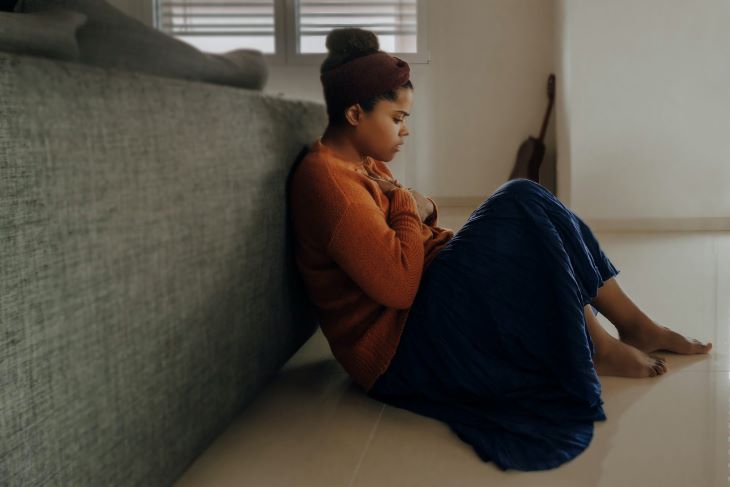
Our mind can be susceptible to substances and activities that ease or negate negative mental symptoms.
As a result, those with mental health conditions can be more at risk of painkiller abuse as they will be more motivated by its calming effects.
Certain individuals can also be more prone to falling into obsessive, compulsive, or repetitive patterns of behaviour.
These people might find that, once they have used painkillers once, they continue to do so despite the associated danger.
Peer pressure plays a larger role in adult life than many people care to admit.
If we have friends or family who use painkillers and boast about its pleasures, we can feel compelled to also use them in fear of standing out or appearing unfashionable.
At Rehab 4 Addiction, we offer free advice from a team of non-judgemental professionals, many of whom are in recovery and understand how hard can be to change your relationship with addiction.
Simply reach out to our 24/7, confidential hotline on 0800 140 4690.

Part of what makes painkiller addiction such a danger to an individual’s wellbeing are the potential withdrawal symptoms that can arise when they don’t have access to the drug.
While everyone can experience different symptoms, some of the most common negative impacts include:

When painkiller addiction develops, there is only one option for individuals to make a safe and effective recovery.
Painkiller rehab might seem like a big, scary thing to consider, but the process can be understood and tackled much more easily when it is broken down.
At Rehab 4 Addiction, we offer free advice from a team of non-judgemental professionals, many of whom are in recovery and understand how hard can be to change your relationship with addiction.
Simply reach out to our 24/7, confidential hotline on 0800 140 4690.

Individuals can expect a fundamental two-step process wherever they seek support for their addiction. These stages are detox and therapy.
With detox, individuals work through their physical dependency on painkillers.
Their consumption is gradually tapered off, allowing their body to get used to being sober without triggering dangerous withdrawal symptoms.
Detox is conducted with a medical team overseeing its pace and progress.
This is to ensure that the body is successfully coping without the drug, as well as to make sure individuals are emotionally and psychologically safe throughout.
Medications can be prescribed if needed to calm withdrawal. Benzodiazepines negate withdrawal, and can be pivotal in supporting those who experience more frequent or severe symptoms.
With therapy, this physical stability is capitalised on by individuals working through their mind’s relationship with painkiller abuse.
They work with a therapist (and others depending on the form used) to identify triggers and work out how to limit their impact on behaviour.
Therapy can take lots of different shapes. Group therapy, for example, brings together other people in recovery within a single session.
People in recovery help each other work through their triggers and feel the support of those who understand the struggles of painkiller rehab.
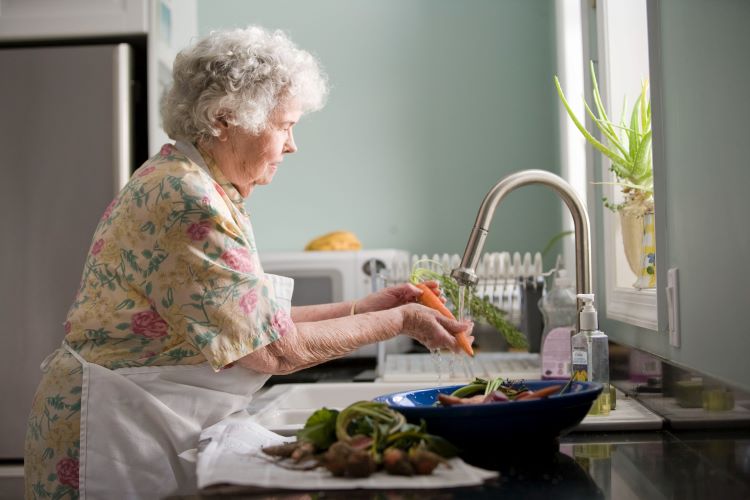
Recognising the need for painkiller rehab is a really hard thing to do.
Objectively looking at your behaviour can be almost impossible, but there are techniques available for shedding light on abuse and seeing past your own subjective perspective on your wellbeing.
A really effective option is the CAGE questionnaire. By asking yourself four questions, you can identify key tendencies of addictive behaviour.
Answering ‘yes’ to any of these might mean you could benefit from painkiller rehab:

At the start of the recovery process, individuals must entrust their painkiller rehab either with an inpatient rehab centre or an outpatient support programme.
Each have their advantages, but their suitability must be judged on a case-by case basis.
At Rehab 4 Addiction, we offer free advice from a team of non-judgemental professionals, many of whom are in recovery and understand how hard can be to change your relationship with addiction.
Simply reach out to our 24/7, confidential hotline on 0800 140 4690.

Inpatient (or residential) rehab is most suitable for those with severe or well-developed painkiller addictions.
Those with pronounced withdrawal, little inhibition or control over their behaviour, and unsubstantial support at home will benefit most.
This is because residential rehab programmes see individuals enter a treatment facility and remain within its accommodation until treatment has ended.
They receive around-the-clock support and supervision, and are protected from the temptations of everyday life.
Within the safe environment, individuals can dedicate themselves to working through the deep physical and mental reliance they have for painkillers.
They’ll be safely supported by a team of doctors and addiction specialists who ensure wellbeing is never put at risk.

Outpatient rehab is most appropriate for those who have manageable or newly developed conditions that they want to treat or prevent developing into a full-scale addiction.
Those who want to continue with their everyday lives will find it most beneficial.
This is because outpatient programmes are a series of sessions which individuals attend in order to get advice, guidance, and therapeutic support, all while continuing to live at home, see family, and go to work.
The flexible nature of these programmes empowers individuals to get the help they need without needing to pause their entire life.
It is also adaptable, with sessions optimising their effectiveness and providing relevant help in order to keep support direct and progressive.

Leaving painkiller rehab by no means indicates the end of an individual’s efforts to fight their addiction.
For the next weeks, months, and even years, they can access aftercare services as part of their long-term recovery.
While not a part of the rehab process itself, aftercare plays a major role in sustaining the practices, routines, and thought patterns developed during treatment.
Individuals can attend one-on-one or group therapy sessions that continually refine and update their trigger coping mechanisms.
They can also receive check-ups with a medical professional, to offer support in terms of staying healthy and keeping the body substance-free.
Aftercare functions to extent the supportive environment of rehab and improve an individual’s quality of life going forward.
At Rehab 4 Addiction, we offer free advice from a team of non-judgemental professionals, many of whom are in recovery and understand how hard can be to change your relationship with addiction.
Simply reach out to our 24/7, confidential hotline on 0800 140 4690.

If you suspect that a friend or family member might have become dependent on painkiller consumption, it is important to be able to recognise the signs of addiction.
Approaching someone who is not struggling can be embarrassing and offensive, so certainty is key.
When observing the behaviour of your loved one, you should look out for some of the following signs:

You might also want to look out for physical changes an individual might be experiencing, such as:
At Rehab 4 Addiction, we offer free advice from a team of non-judgemental professionals, many of whom are in recovery and understand how hard can be to change your relationship with addiction.
Simply reach out to our 24/7, confidential hotline on 0800 140 4690.

When it comes to taking excessive quantities of a drug, one of the most infamous dangers to look out for is overdose.
Using too much of almost any kind of drug carries the risk of overdose, and painkillers are no different.
There is no certain amount of painkillers an individual must ingest in order to experience an overdose.
Everyone will have different tolerances, and every individual’s body will be able to take a different amount until it slips into overdose.
More predictable are the symptoms that arise when individuals overdose. Some of the most common include:
If you discover someone who seems to have overdosed, you must call the emergency services as fast as you can.
Do not attempt to move them or give them anything, but be on hand to calm them if they recover consciousness.
At Rehab 4 Addiction, we offer free advice from a team of non-judgemental professionals, many of whom are in recovery and understand how hard can be to change your relationship with addiction.
Simply reach out to our 24/7, confidential hotline on 0800 140 4690.

One of the biggest obstacles to an individual quitting their painkiller abuse is the fear of their pain returning.
Managing pain is, in most cases, the initial motivation for using the drugs, so abuse can be justified as a way to protect themselves from discomfort.
However, there are a variety of methods that can be used to treat or calm severe pain.
They might not have been considered in the past, but now that an abuse risk has been identified with drugs, an individual might want to consider some of the following options:

Dual diagnosis is a really important facet of treating painkiller addiction.
It is the key to successful recovery, and identifying it is a priority within any painkiller rehab programme.
The term refers to the presence of both addiction and another mental health condition.
Whether it be anxiety, depression, or bipolar disorder, dual diagnosis recognises the ways in which these conditions can be intrinsically connected to addiction.
In one way, addiction can trigger the development of these conditions.
Abusing painkillers can disrupt the chemical balances in the brain, affecting mental health.
Alternatively, this cause-and-effect relationship can be reversed.
In order to cope with negative symptoms of poor mental health, an individual can begin taking painkillers and become addicted over time.
Dual diagnosis’s importance for painkiller rehab lies in how it informs effective treatment.
With the connection between addiction and mental health established, mental health can be engaged with via therapy, either as a symptom of addiction or as its source.

Unfortunately, painkiller rehab is not free, neither in terms of time nor money.
Individuals will need to invest both into beating their addiction, and so it is a reasonable question to ask how much they can be expected to give up.
In terms of time, painkiller rehab tends to last for 28 days.
Detox lasts 7 and therapy last the remaining 21, but variations are possible.
Those with severe dependencies or a lack of motivation, for example, might find themselves taking longer to get better.
In terms of money, the price of painkiller rehab can vary quite a lot.
28-day programmes cost between £8,000 and £12,000 for a single room, and £6,000 for a shared room.
Alternatively, a much cheaper option is home detox, costing around £1,500.
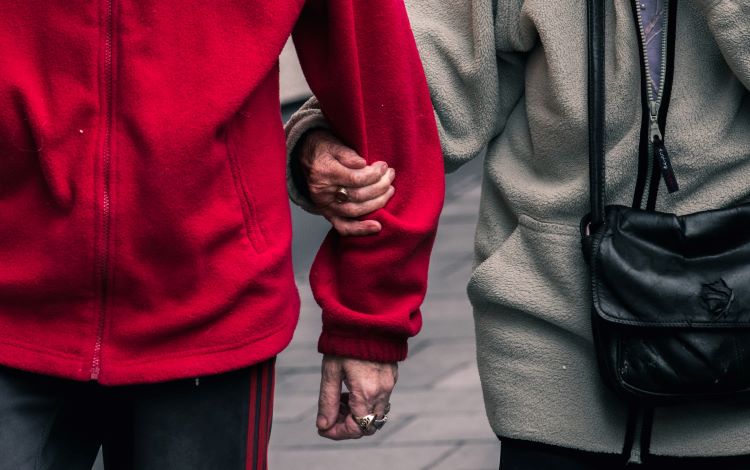
You spot that your loved one is showing signs of painkiller addiction, and you really want to help them.
Your only obstacle: how can you do that? Approaching someone about addiction can feel awkward, presumptuous, and rude, but there are several options at your disposal.
At Rehab 4 Addiction, we offer free advice from a team of non-judgemental professionals, many of whom are in recovery and understand how hard can be to change your relationship with addiction.
Simply reach out to our 24/7, confidential hotline on 0800 140 4690.

Arrange a private chat with your loved one. Take them away from others, and have a quiet talk about their painkiller use.
Without pressuring or shaming them, ask them about whether they are aware of their excessive use and if they would consider getting help.
To boost the chances of them accepting help, this conversation must be conducted gently and supportively.
Questions must come from a place of care, and suggestions to get help must be contextualised as being helpful to them, rather than as something they must do.

If you are uncertain of your ability to handle such a discussion, try an intervention.
This involves inviting an individual’s loved ones to attend and prepare for an event where they express their concerns and support for an individual’s situation.
Everyone must prepare to say how they have been affected by the painkiller addiction to highlight to the individual why they need to seek treatment.
If an individual rejects, conditions must be prepared to show them that their behaviour cannot continue.
At Rehab 4 Addiction, we offer free advice from a team of non-judgemental professionals, many of whom are in recovery and understand how hard can be to change your relationship with addiction.
For more information about painkiller rehab, simply reach out to our 24/7, confidential hotline on 0800 140 4690.

Alternatively, you can conduct an intervention another way. Organise an individual’s friends and family to work unanimously to establish a consistent reward system.
Work together to reward healthy decisions and punish those which reinforce their painkiller addiction.
The goal of CRAFT is to replace an individual’s current associations with painkiller consumption with those that encourage sobriety.
It is integral that everyone works consistently and in coordination to help them understand the negatives of addiction.

When painkiller addiction strikes, it can shake up your world.
Especially if you haven’t noticed the unhealthy consumption habits in yours or a loved one’s behaviour, handling the situation and the anxiety that comes with it isn’t easy.
At Rehab 4 Addiction, we understand how hard it is to face up to addiction, and that’s why we are here to help you every step of the way.
We offer free advice from a team of non-judgemental professionals, many of whom are in recovery and understand how hard can be to change your relationship with addiction.
For more information about painkiller rehab, simply reach out to our 24/7, confidential hotline on 0800 140 4690.
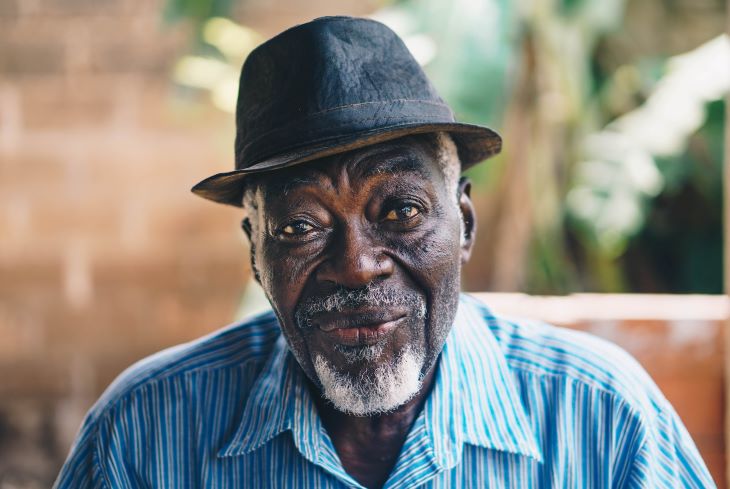
[2] https://www.gov.uk/guidance/opioid-medicines-and-the-risk-of-addiction